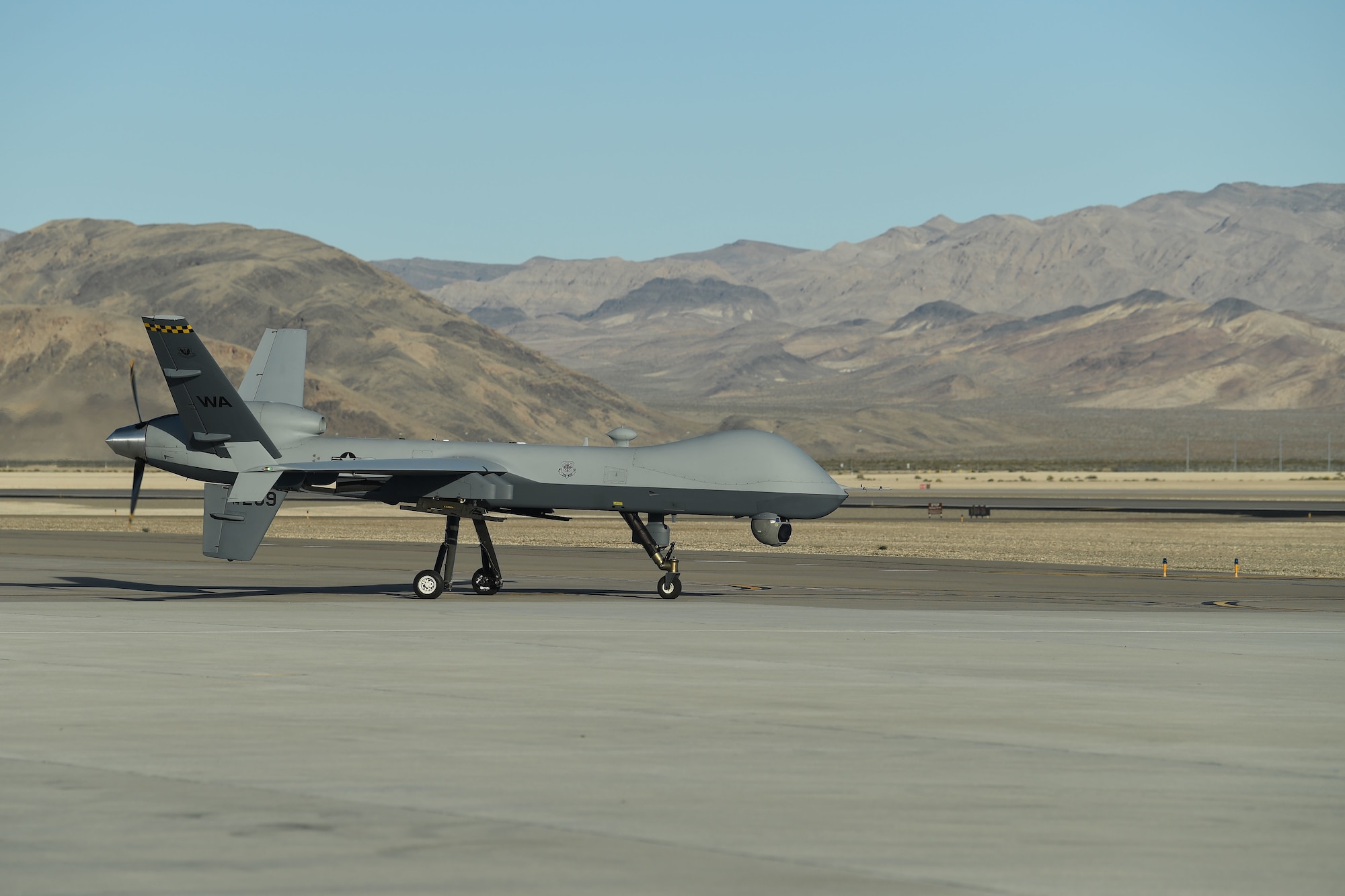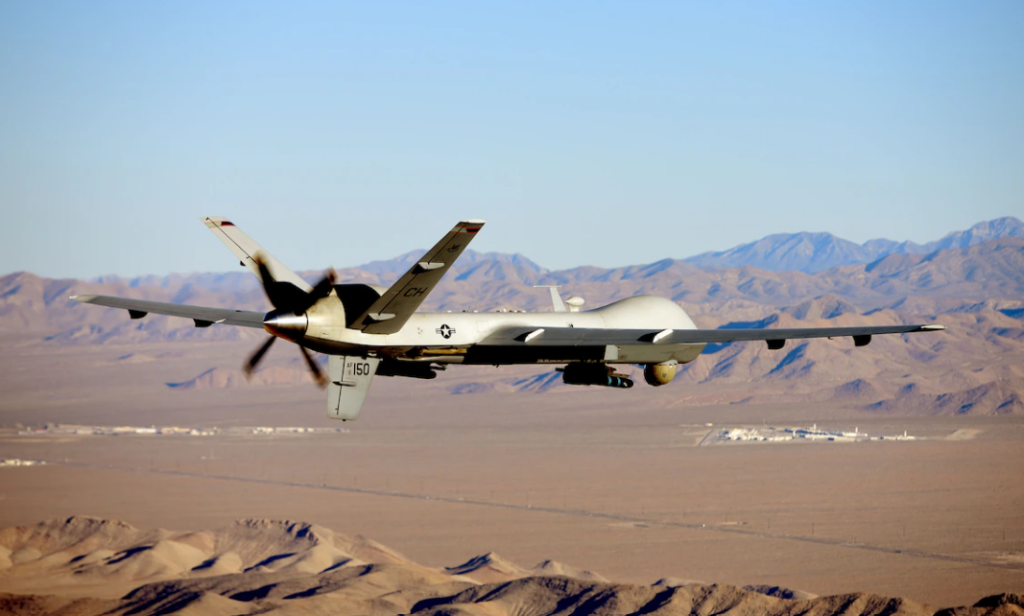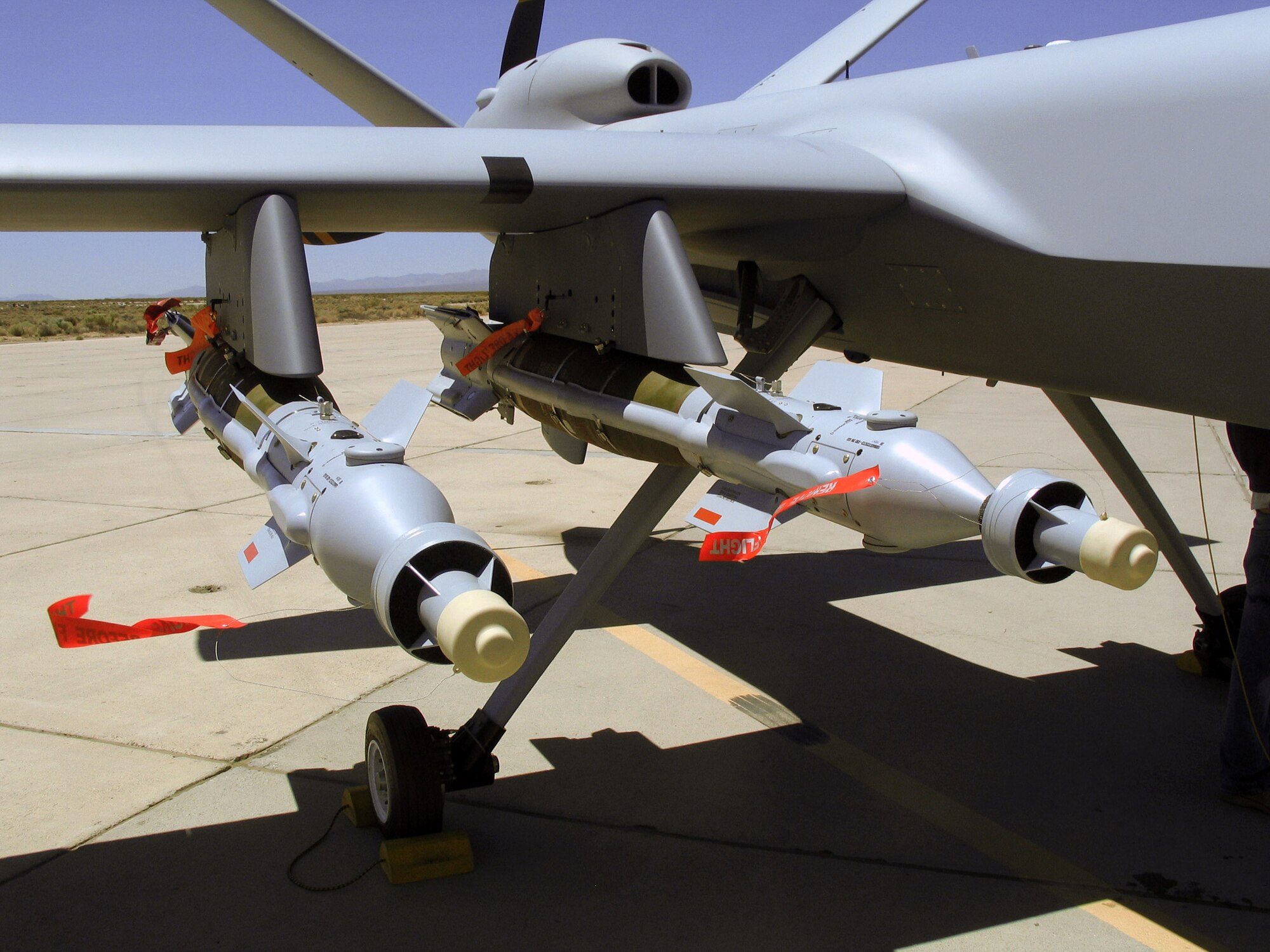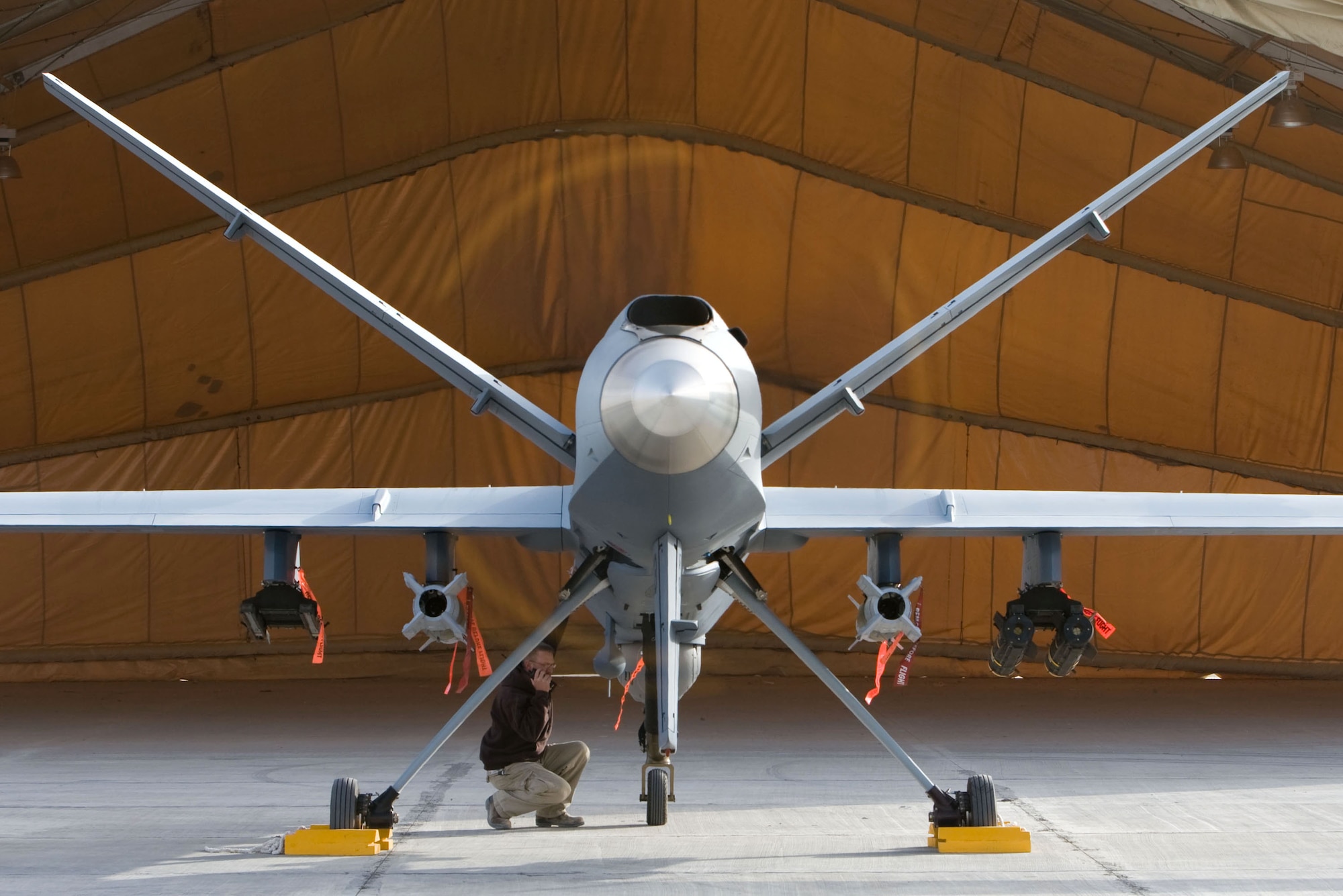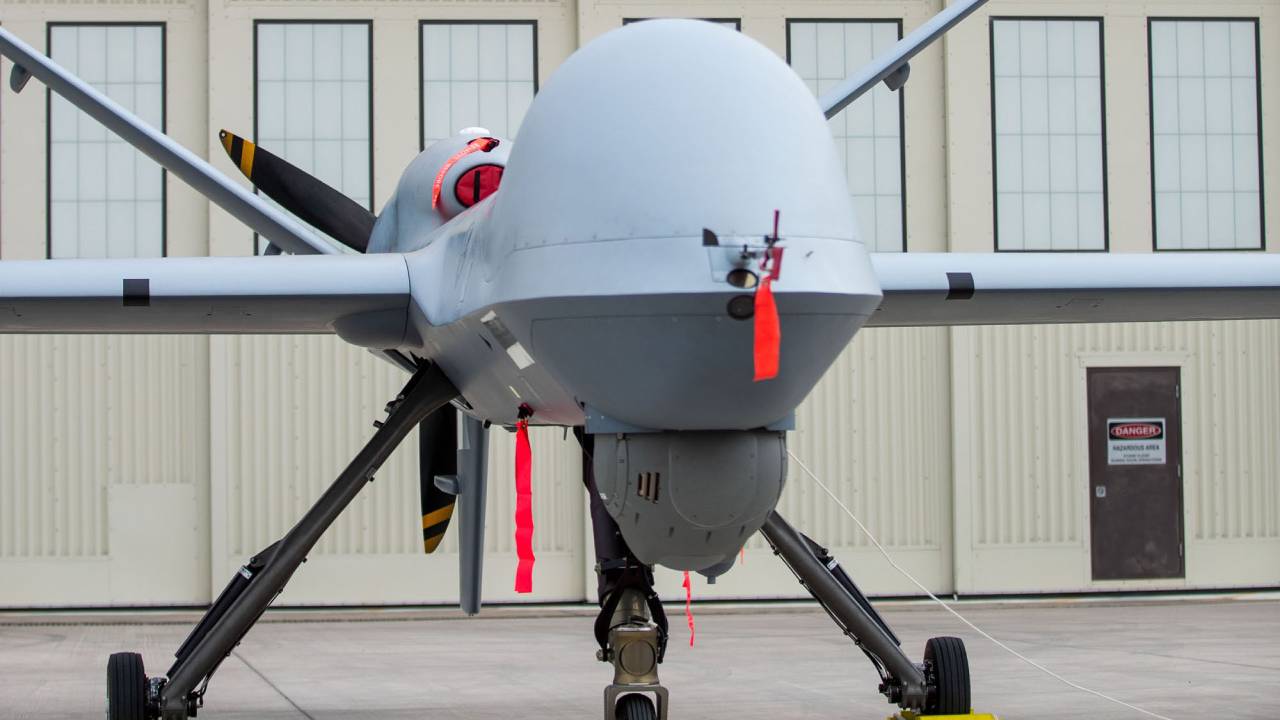System Information Processing For The Mq 9 Reaper

The skies above conflict zones are increasingly surveilled and, when necessary, struck, by the MQ-9 Reaper, an unmanned aerial vehicle (UAV) that has become a cornerstone of modern military operations. But behind the Reaper's ominous presence lies a complex network of System Information Processing (SIP) capabilities, a critical factor determining its effectiveness and raising significant ethical and strategic questions about its role in contemporary warfare. The ever-evolving SIP capabilities are reshaping how the MQ-9 gathers, analyzes, and acts upon information, with profound implications for both military effectiveness and civilian safety.
This article delves into the intricate world of SIP within the MQ-9 Reaper, exploring how it functions, its benefits, the challenges it presents, and the ongoing debates surrounding its use. By examining official statements, data from reputable organizations, and expert analyses, we aim to provide a balanced and in-depth understanding of the technological and ethical considerations surrounding this increasingly important aspect of modern military technology.
Understanding System Information Processing in the MQ-9 Reaper
The MQ-9 Reaper's effectiveness hinges on its sophisticated SIP capabilities. It is not simply a drone; it's a flying sensor platform capable of collecting and processing vast amounts of data.
SIP encompasses the suite of technologies and processes used to acquire, manage, analyze, and disseminate information gathered by the Reaper's sensors. This includes everything from raw data collection to actionable intelligence reports.
Data Acquisition: The Eyes and Ears of the Reaper
The MQ-9 is equipped with a range of sensors, including electro-optical/infrared (EO/IR) cameras, synthetic aperture radar (SAR), and signals intelligence (SIGINT) systems. These sensors provide a multi-faceted view of the battlespace, capturing visual, thermal, and electronic signatures.
The EO/IR cameras provide high-resolution imagery and video, enabling operators to identify targets and monitor movements. SAR allows the Reaper to "see" through clouds and darkness, providing valuable intelligence in all weather conditions.
SIGINT systems intercept and analyze electronic signals, providing insights into enemy communications and activities. The combination of these sensors creates a rich stream of data that feeds into the SIP system.
Data Management and Analysis: From Raw Data to Actionable Intelligence
The raw data collected by the Reaper's sensors is often overwhelming and requires sophisticated processing. This is where advanced algorithms and machine learning techniques come into play.
These algorithms automatically identify patterns, anomalies, and potential threats within the data stream. They help reduce the cognitive burden on human operators, enabling them to focus on critical decision-making.
Data fusion combines information from multiple sensors to create a more complete and accurate picture of the battlespace. This allows operators to identify targets, track movements, and assess threats with greater confidence.
Information Dissemination: Delivering Intelligence to the Front Lines
The processed intelligence is then disseminated to relevant stakeholders, including ground troops, commanders, and other intelligence agencies. This information can be used to support a wide range of military operations.
Real-time data feeds provide troops on the ground with up-to-date situational awareness, enabling them to make better-informed decisions. Intelligence reports provide commanders with a strategic overview of the battlespace, informing operational planning.
Secure communication channels ensure that the information is delivered quickly and reliably, minimizing the risk of interception or compromise. These channels are vital for maintaining operational security and preventing the enemy from gaining an advantage.
The Benefits and Challenges of Advanced SIP
The advancements in SIP technology have significantly enhanced the MQ-9 Reaper's capabilities, bringing considerable benefits to military operations. However, the technology also presents several challenges that demand careful consideration.
One key benefit is improved situational awareness. Real-time data streams and advanced analytics provide commanders and troops on the ground with a clear understanding of the battlespace, improving decision-making and reducing the risk of casualties.
Enhanced target identification is another significant advantage. Advanced algorithms and sensor fusion techniques enable operators to accurately identify targets, even in complex and challenging environments. This reduces the risk of collateral damage and civilian casualties.
Ethical Considerations and the Challenge of Bias
However, the increasing reliance on automated SIP also raises ethical concerns. The use of algorithms to identify and prioritize targets raises questions about accountability and the potential for bias.
Algorithms are trained on data, and if that data reflects existing biases, the algorithms may perpetuate or even amplify those biases. This could lead to unintended consequences, such as disproportionate targeting of certain demographic groups.
The challenge lies in ensuring that these systems are designed and used in a way that is fair, transparent, and accountable. This requires careful attention to data quality, algorithm design, and human oversight.
Data Security and the Risk of Cyberattacks
The vast amounts of data collected and processed by the MQ-9 Reaper are also a potential target for cyberattacks. If an adversary were able to gain access to this data, they could compromise military operations, steal sensitive information, or even manipulate the Reaper's sensors and systems.
Protecting this data requires robust cybersecurity measures, including encryption, access controls, and intrusion detection systems. It also requires a proactive approach to threat intelligence, identifying and mitigating potential vulnerabilities before they can be exploited.
The Department of Defense is constantly working to improve its cybersecurity posture, investing in new technologies and training personnel to defend against cyberattacks.
The Future of SIP in the MQ-9 Reaper
The future of SIP in the MQ-9 Reaper is likely to be shaped by further advancements in artificial intelligence and machine learning. These technologies will enable the Reaper to process even more data, identify patterns with greater accuracy, and make more autonomous decisions.
For example, edge computing, which involves processing data closer to the source, could enable the Reaper to make real-time decisions without relying on a constant connection to a ground station. This would improve its responsiveness and resilience in contested environments.
However, it is important to proceed cautiously. As the Reaper becomes more autonomous, it is crucial to maintain human oversight and control. This will require developing new protocols and safeguards to ensure that the Reaper is used responsibly and ethically.
The development and deployment of SIP capabilities in the MQ-9 Reaper represent a significant advancement in military technology. These capabilities offer considerable benefits in terms of situational awareness, target identification, and operational effectiveness. However, it is imperative to address the ethical and security challenges associated with this technology to ensure its responsible and effective use in the future.



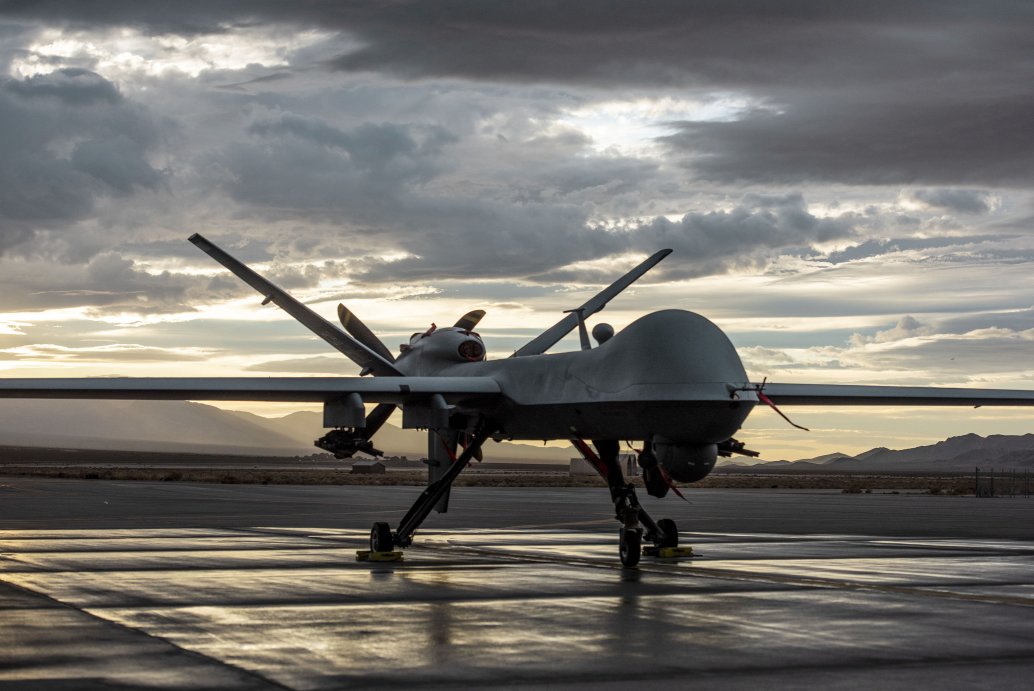
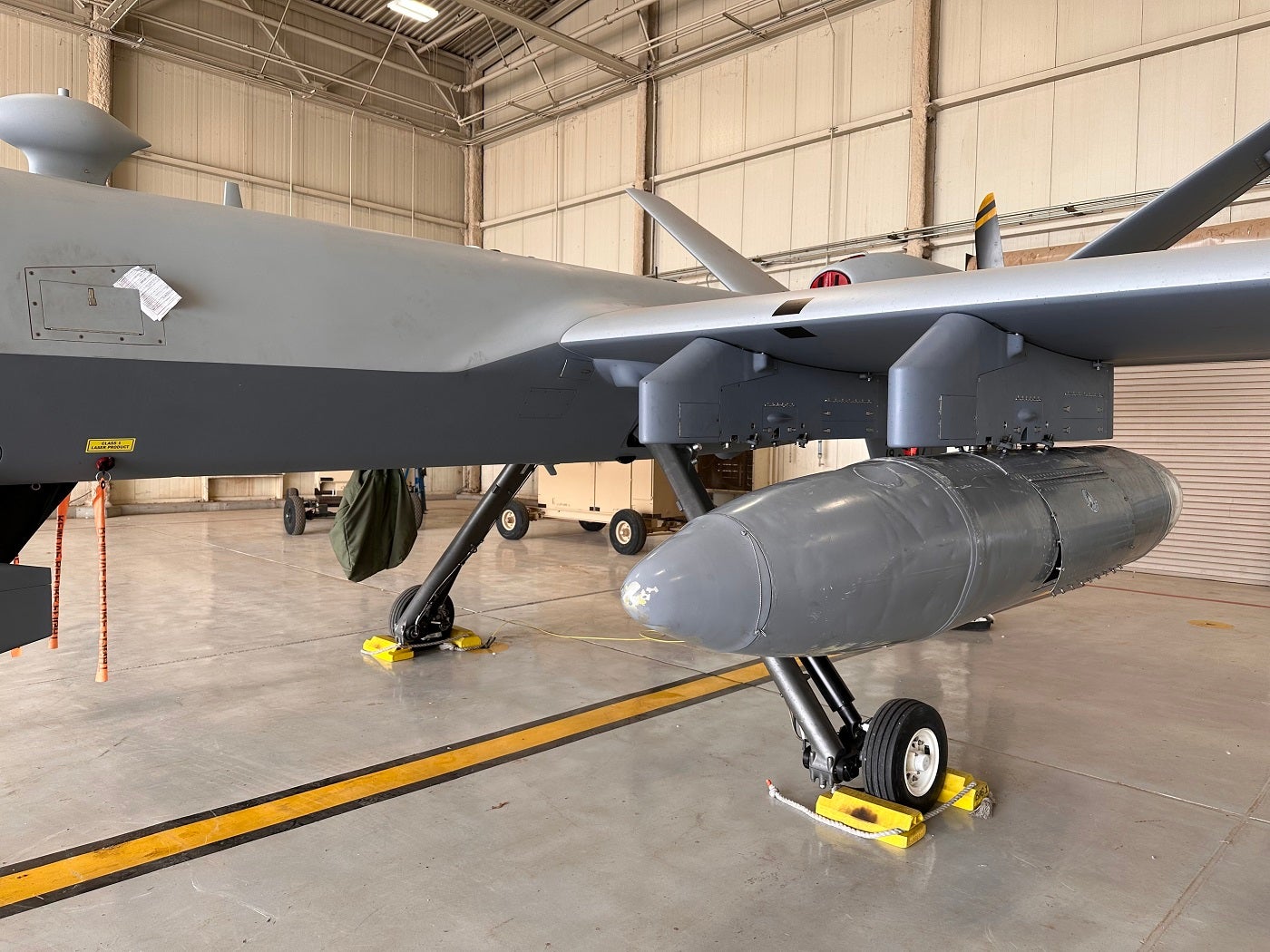
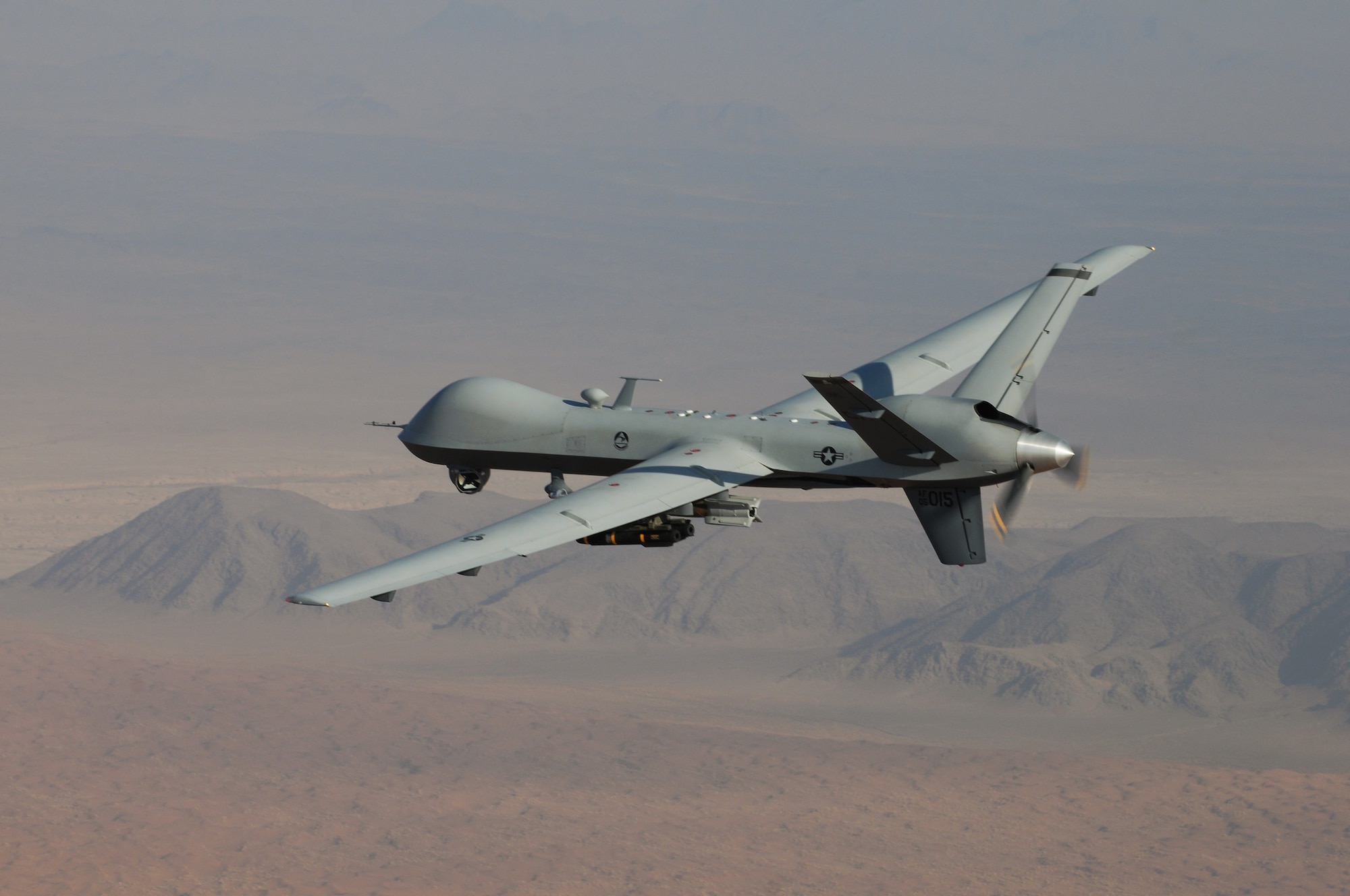
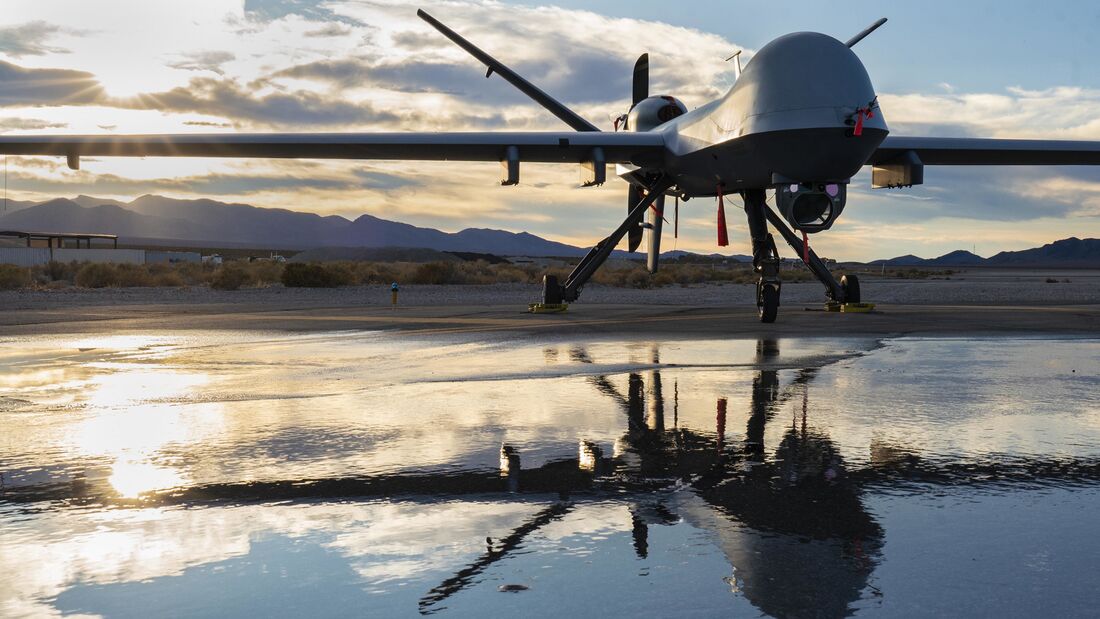

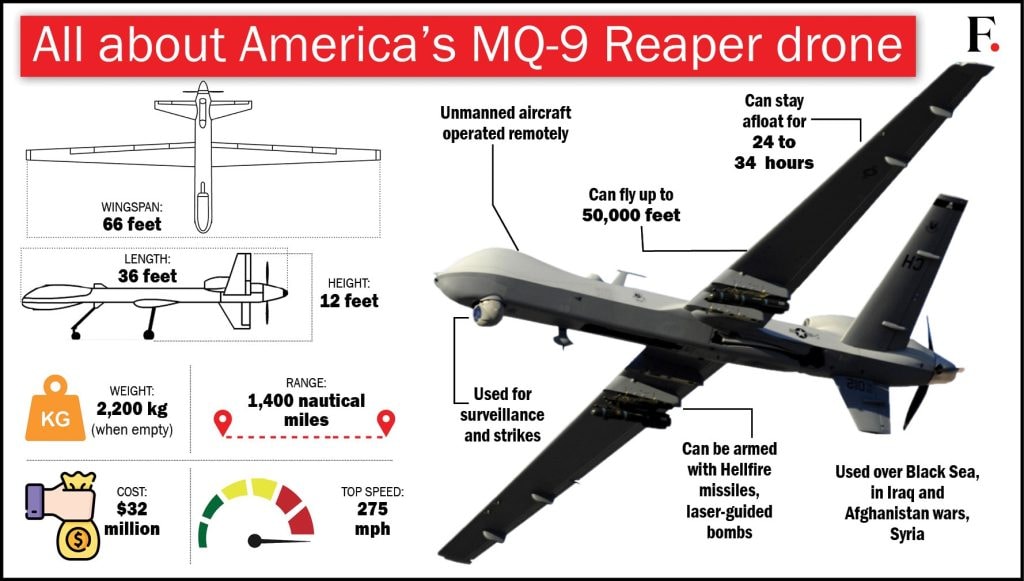
:quality(70)/cloudfront-us-east-1.images.arcpublishing.com/archetype/BQRIXB6UK5D3TAV7LJVZB3W5LA.jpg)
